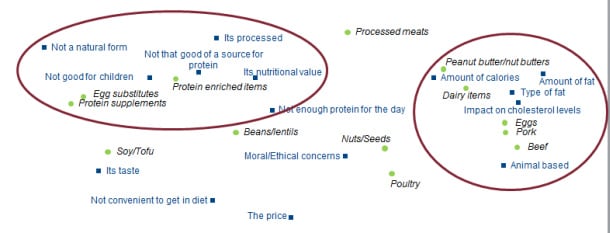The data comes from a December 2013 survey of 2,211 US primary grocery shoppers, and correlates with the findings of other consumer studies* suggesting that the high-protein trend - seen by some as faddish - is here to stay, said food and beverage industry analyst Darren Seifer, who co-wrote the report Protein Perceptions and Needs.
But why is protein - a macronutrient most Americans are not short of - suddenly red hot, with high protein claims appearing on everything from frozen desserts to pancake mixes?
Accentuate the positive
In part, it might just be that it is protein’s ‘turn in the spotlight’ as food and beverage marketers seek to accentuate the positive (consumers are tired of hearing about what they shouldn’t eat) and have homed in on a macronutrient that comes in multiple forms (rice, pea, whey, soy, quinoa, chickpeas etc) and sits well with trends spanning everything from weight management to sports nutrition, said Seifer.
“Most Americans meet the daily guidelines for protein”, he points out, so the marketing strategy isn’t about tackling a deficiency, but positively promoting protein for general health and weight management (more satiating snacks), getting more energy - especially at breakfast (Greek yogurt, quinoa-packed oatmeal), and maintaining lean muscle mass as you age (a tougher nut to crack from a marketing front), he said.
And the positive messages appear to be gaining traction with shoppers of all ages and both sexes, who with the exception of bodybuilders and hardcore athletes or dieters, are not generally aware of how much protein they are eating, or what the recommended levels are anyway, he added.
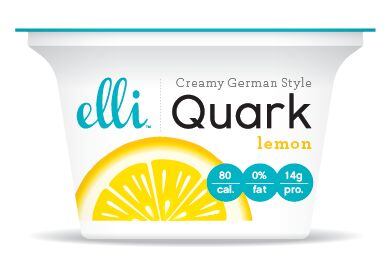
Given this lack of awareness, the grams of protein in any given product (there was a growing trend to flag this up on the front of pack at the Natural Products Expo West show last month) are less important to most consumers than the fact protein is highlighted, he added.
“I think consumers see 10g or 20g, and they think. Is that a lot?”
Tailor the message
According to the NPD Group survey, some protein-related messages resonate with consumers much more than others, in part related to concerns shoppers have about some protein sources, said Seifer.
“For meats and dairy, where concerns are about fat and cholesterol, therefore, the messaging should be about lean protein,” whereas for nuts, beans and pulses, the focus might simply be just alerting people that these products are surprisingly good sources of protein, he added.
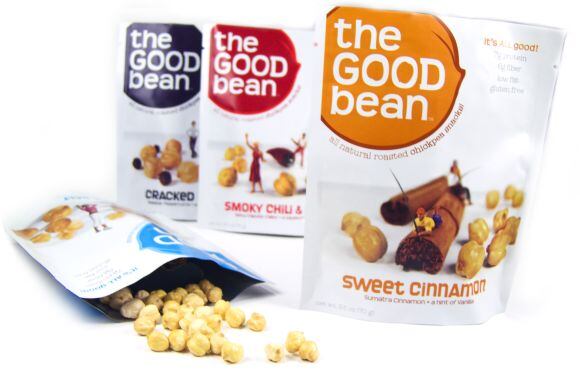
“Many sources of protein are familiar staples in the US diet - meat, eggs, milk. But if you’re promoting products that have been enriched with protein, it’s more about saying ‘hey, I have protein too!’”
For soy-based products, meanwhile, it might be wise to emphasize great taste, as consumers still have negative perceptions about this, especially when it comes to tofu, he claimed.
In general, shoppers surveyed particularly liked the term 'natural protein' and messaging around weight management and 'great tasting' proteins, but were less enthused by messaging about 'added protein' or 'enriched with protein', muscle-building and strength, he added.
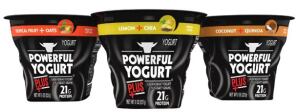
However, one clearly beneficial aspect of protein - its ability to help us maintain lean muscle mass as we age - is not something manufacturers are really spelling out in marketing messages, perhaps because sarcopenia (loss of skeletal muscle) isn't very sexy.
However, with the right messaging, there is clearly potential here, he said.
"For younger people it's more about energy and weight management, whereas older boomers are looking at maintaining health and staying active."
Alternate protein sources
Chief industry analyst Harry Balzer added: “Consumers want more protein in their diets. In fact, the only issue that US adults are now checking on the Nutrition Facts label on the back of foods and beverages is the amount of protein.”
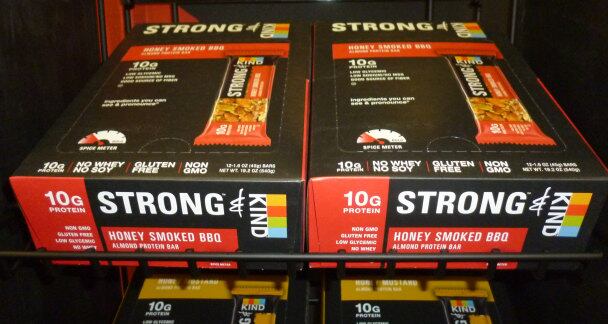
About half of shoppers now say non-meat sources are best, while the other half consider meat and fish the best sources of protein, he said (shoppers were asked, ‘Which is the best way to get your protein?’).
“Many of us are looking to lower the cost of our protein sources, and animal meat is generally more expensive than plant-based protein, which explains the growth in Greek yogurt and other alternate protein sources.”
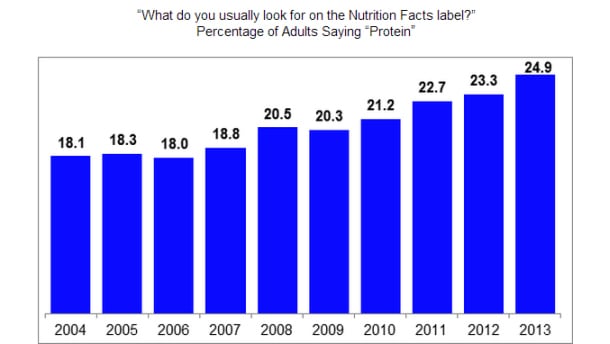
*In the 2013 International Food Information Council (IFIC) food & health survey, 57% of consumers say they are trying to get a certain amount, or to eat more of, protein.
Click HERE to read about protein trends at Natural Products Expo West.
Click HERE to get more information about recommended protein intakes from IFIC.
